Financial
TradFi and DeFi Integration Fundamentals

TradFi and DeFi Integration meeting point is a watershed moment in the financial industry.
A new era of financial interactions is emerging as financial goods that are established in traditional markets make their way into the DeFi arena. This move unites two disparate financial domains and presents a fascinating confluence of innovation, security, and regulatory obstacles.
The Convergence of TradFi and DeFi
Integrating traditional financial products into the DeFi landscape transforms our perception and interaction with financial services.
By combining the dependability of traditional financial mechanisms with the innovative, blockchain-based approaches of DeFi, this transformation promises to improve accessibility, transparency, and efficiency across the board.
It offers a unique opportunity to see such a merger’s potential benefits and challenges.
Understanding Traditional Financial Products
As traditional financial products enter the decentralized finance (DeFi) landscape, they bring proven lending mechanisms, derivatives trading, and the promise of tokenized real-world assets (RWAs).
These elements are traditionally managed through centralized systems such as banks and regulated exchanges, where central authorities control the assets, ensuring security and regulatory compliance, but at higher transaction fees and limited accessibility.
In traditional finance, consumers often face barriers such as minimum balance requirements, credit score thresholds, and geographical limitations.
The central tenets of DeFi—decentralization, transparency, and direct asset control via cryptographic keys—stand in stark contrast to the centralization and opaqueness of traditional finance systems.
DeFi’s use of public blockchains, which make all transactions open and verifiable and boost participant trust, demonstrates the company’s dedication to transparency.
This operational model promotes a more inclusive financial environment by lowering entry barriers and facilitating access to financial services for individuals globally, including the ‘unbanked.’
Platforms such as DeFi lending protocols, which enable peer-to-peer lending without intermediaries, help ease the transition from traditional financial products to DeFi, reducing paperwork, processing times, and transaction costs.
This ongoing integration suggests a future where financial services are more interoperable, accessible, and aligned with the modern need for efficiency and transparency. However, this transformation also requires careful navigation of regulatory compliance and security complexities.
Core Principles of TradFi and DeFi Integration

Decentralized Finance (DeFi) stands for a change in thinking in how financial services are delivered, leveraging blockchain technology to decentralize operations traditionally handled by central institutions like banks.
This revolutionary model hinges on four core principles that distinguish it significantly from traditional finance (TradFi) systems.
Decentralization and Autonomy:
DeFi drops intermediaries using smart contracts on blockchain platforms, primarily Ethereum.
These contracts automate and secure financial operations, allowing transactions to be executed directly between participants without central oversight.
This structure enhances efficiency, increases transparency, and reduces costs associated with financial transactions.
Inclusivity and Accessibility:
DeFi democratizes financial services by eliminating barriers like credit checks and extensive documentation.
DeFi ecosystems democratize access to financial products, enabling anyone with an internet connection, mainly the unbanked and underbanked, to participate globally.
This inclusivity bridges significant gaps in traditional banking but also requires basic digital literacy and reliable internet access, highlighting areas for further development and support.
Transparency and Security:
All transactions within DeFi platforms are recorded on a public blockchain, providing an immutable and transparent record.
This transparency is vital for trust and security, allowing anyone to audit all activities.
Additionally, while DeFi offers robust security through blockchain technology, it faces challenges such as smart contract vulnerabilities, which need continuous oversight and improvements.
Innovation and Flexibility:
DeFi is highly innovative, often introducing new financial products and services that challenge traditional models.
Features like yield farming, liquidity mining, and decentralized exchanges (DEXs) represent just a few of the innovations that have emerged from DeFi, offering users new ways to earn returns on investments and engage with financial markets.
Programmability:
Using smart contracts allows for highly programmable and customizable financial services.
Developers can create applications that automatically execute when conditions are met, without manual intervention, which can streamline everything from loans and insurance to asset trading and risk management.
These principles contribute to a financial ecosystem that is not only more open and transparent but also one that is poised to be more adaptive to the needs of a global user base, fostering innovation while challenging existing financial frameworks to evolve.
TradFi and DeFi Integration: Challenges and Opportunities

The integration of traditional finance with decentralized finance (DeFi) presents significant opportunities and formidable challenges, shaping the future landscape of the financial sector.
Opportunities:
- Enhanced Financial Inclusion: DeFi’s ability to operate globally without traditional banking infrastructure makes financial services accessible to those previously excluded due to geographic or economic barriers.
- Reduced Transaction Costs: By eliminating intermediaries, DeFi can significantly lower the fees associated with financial transactions, making operations more cost-effective for users across the board .
- Increased Transparency and Efficiency: By ensuring that every transaction is documented on a public ledger, blockchain technology improves the financial activity’s transparency and auditability.
- Automation of Financial Services: Smart contracts automate many financial processes, such as lending, borrowing, and asset management, which reduces administrative overhead and speeds up transactions.
Challenges:
- Regulatory compliance: Integrating DeFi into traditional finance necessitates navigating complex regulatory frameworks that differ by authority. Compliance is crucial for legitimacy and financial crime prevention.
- Interoperability Issues: There is a current lack of interoperability between traditional financial systems and blockchain technologies, which complicates the seamless transfer of assets across these platforms.
- Security Concerns: While blockchain adds a layer of security, DeFi is vulnerable to clever contract exploits and other cybersecurity threats that could undermine user trust and system stability.
- Market and Operational Risks: The decentralized nature of DeFi could lead to market manipulation, and the pseudonymous design poses challenges for enforcing laws like anti-money laundering
(You can read the full overview of cryptocurrencies and decentralized finance PDF document at NBER).
As DeFi continues to evolve, these challenges are expected to be addressed through technological advancements and more robust regulatory frameworks.
The future of finance depends on how effectively the financial sector can integrate DeFi’s agility with the stability of traditional monetary systems.
Future Outlook and Predictions for TradFi and DeFi Integration

The integration of traditional finance (TradFi) and decentralized finance (DeFi) is set to redefine the financial landscape in 2024 and beyond, with trends calling for a transformative phase for both sectors.
Tokenization and Real-World Assets (RWA):
The tokenization of assets, including bonds, stocks, treasuries, real estate, and even carbon credits, is expected to be a significant trend. This move is expected to enhance liquidity, reduce transaction costs, and open new opportunities for DeFi protocol designs, making financial systems more inclusive and efficient.
Regulatory Developments:
Regulatory frameworks are expected to evolve significantly, with experiments in places like the European Union and the United Kingdom shaping the regulatory landscape. These changes are crucial for addressing compliance and fraud issues within DeFi, ensuring the sector’s growth is sustainable and integrated seamlessly with existing financial systems (Geek Metaverse News).
Cross-Chain and Layer 2 Solutions:
Improvements in cross-chain interoperability and adoption of Layer 2 scaling solutions are set to address critical technical challenges such as transaction speeds and cost. These technologies will enable smoother transitions and interactions between different blockchain networks and traditional financial systems, broadening the scope and efficiency of DeFi.
Increased Institutional Adoption:
There is an expectation of increased institutional engagement, with traditional financial entities exploring DeFi to offer more innovative services. Validating the DeFi space and bringing in more advanced financial products and money would close the gap between traditional finance and decentralized finance.
Focus on Sustainability:
Blockchain technology, particularly the adoption of energy-efficient consensus mechanisms such as Proof of Stake, is consistent with global sustainability goals. This shift is expected to enhance the appeal of blockchain and DeFi for environmentally conscious investors and stakeholders.
Technological advancements in blockchain and AI, alongside significant regulatory changes, emphasize sustainability and efficiency in the financial sector.
As we approach 2024, these developments are poised to blur the traditional boundaries between centralized and decentralized finance, marking it a pivotal year in the industry.
These developments are expected to expand financial inclusion and transform how financial services are accessed and delivered globally.
Conclusion
As we look toward 2024, the convergence of traditional finance (TradFi) and decentralized finance (DeFi) undeniably shape a new financial paradigm.
The future of finance hinges on the successful integration of TradFi’s robustness and DeFi’s innovative mechanisms.
This melding promises enhanced liquidity, reduced transaction costs, and broader financial inclusion, eased by technological breakthroughs such as tokenizing real-world assets and advanced blockchain solutions.
Regulatory advancements are predicted to play a pivotal role in ensuring that DeFi’s growth is sustainable and compliant with global financial regulations.
Moreover, adopting energy-efficient blockchain technologies aligns with a more environmentally conscious approach, making DeFi appealing to a broader spectrum of investors.
The ongoing evolution within these sectors suggests a move towards a more interconnected and efficient global financial system, heralding a future where finance is more obtainable, open, and accommodating to the requirements of a diverse global populace.
FAQs
1. What is the significance of tokenization in integrating TradFi and DeFi?
Tokenization plays a crucial role in converting real-world assets into digital tokens. This process enhances liquidity and makes these assets more accessible to investors globally, thereby bridging the gap between traditional and decentralized finance.
2. How will regulatory changes affect the DeFi landscape in 2024?
Regulatory changes are expected to provide a more transparent framework for DeFi operations, addressing compliance, security, and fraud issues and promoting increased institutional adoption.
3. What technological advancements are pivotal for DeFi’s future?
Technological advancements such as cross-chain interoperability, Layer 2 scaling solutions, and energy-efficient consensus mechanisms are pivotal. They enhance transaction speeds, reduce costs, and ensure that DeFi platforms are sustainable and efficient.
4. What role does institutional adoption play in the growth of DeFi?
Institutional adoption is critical for the growth of DeFi, as it brings in significant capital and legitimacy. Financial institutions exploring DeFi could lead to the development of new financial products and greater integration with traditional monetary systems.
5. How does the focus on sustainability influence the blockchain and DeFi sectors?
The focus on sustainability drives the adoption of greener blockchain technologies and practices, aligning DeFi with global sustainability goals. As a result, DeFi and blockchain have become increasingly appealing to investors who care about the environment and support larger ecological projects.
Crypto Currency
Atlas of USA Positions Itself as a Narrative-Driven Digital Asset Tied to American Identity
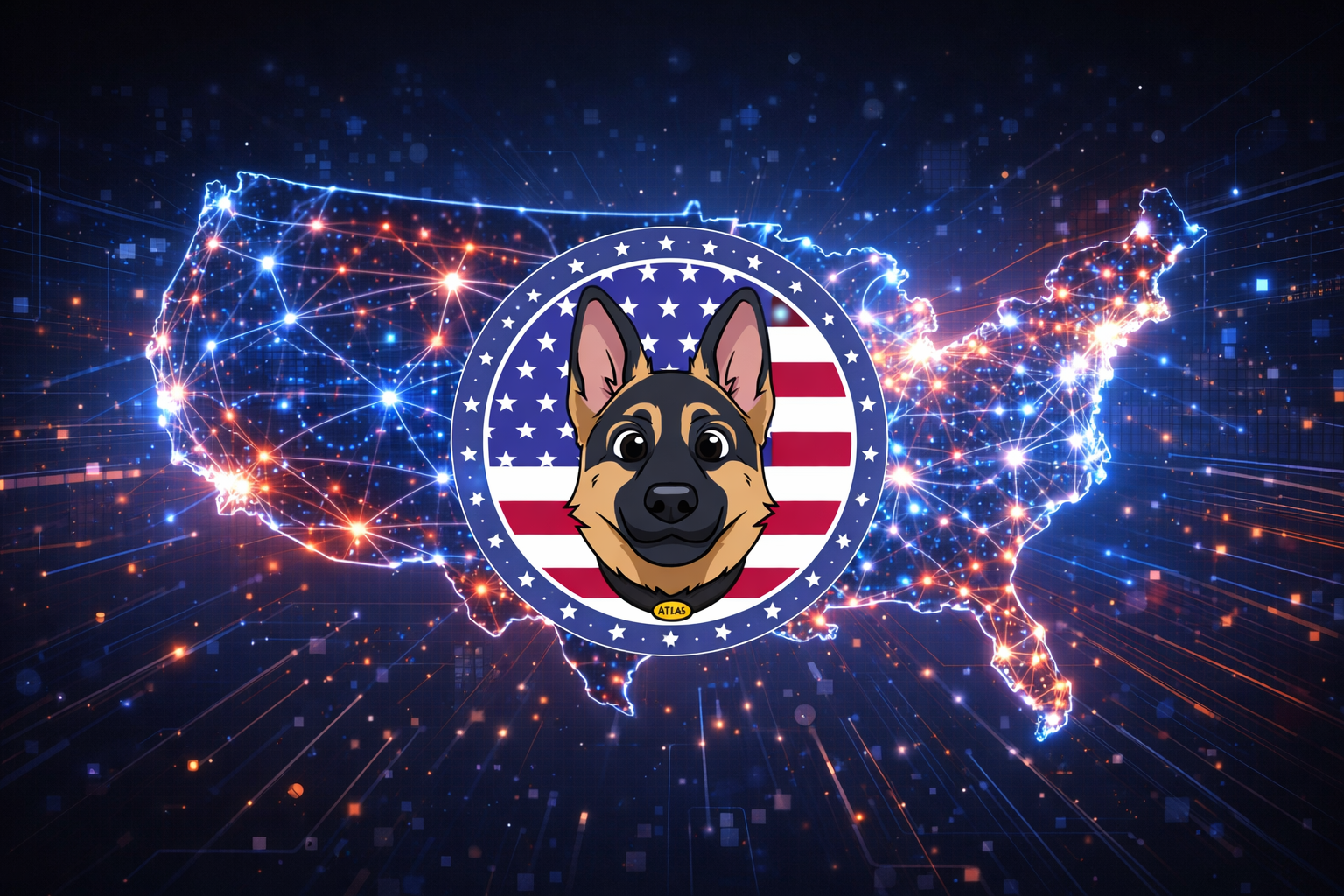
Atlas of USA (ATLAS) is emerging as a narrative-focused crypto project that blends digital asset experimentation with themes centered on American identity, decentralization, and community coordination. As attention around politically themed and culture-driven tokens continues to fluctuate across the crypto market, Atlas of USA is attempting to differentiate itself through branding, symbolism, and grassroots engagement rather than short-term speculation.
Unlike infrastructure-heavy blockchain projects, Atlas of USA presents itself primarily as a narrative and community-oriented digital asset. The project emphasizes symbolic alignment with U.S. economic ideals, decentralization, and collective participation, positioning ATLAS as a token shaped more by social coordination than technical complexity.
Token Structure and Supply Characteristics
ATLAS operates as a fungible crypto asset with a fixed supply model designed to avoid inflationary pressure. The project does not promote emissions schedules or yield-driven incentives, instead focusing on ownership distribution and long-term holding behavior. This structure reflects a broader trend among narrative tokens that prioritize scarcity and cultural signaling over utility-based tokenomics.
Market data shows that ATLAS trading activity has remained episodic, with volume spikes often aligning with broader shifts in sentiment around politically themed or U.S.-centric crypto narratives. This behavior is consistent with other community-driven tokens whose momentum is closely tied to social engagement rather than protocol upgrades.
Community-First Positioning
A core component of the Atlas of USA approach is its emphasis on community participation. The project frames token holders as contributors to a shared narrative rather than passive investors. Messaging across community channels highlights coordination, visibility, and grassroots amplification as central drivers of growth.
This positioning aligns with a wider crypto trend where narrative cohesion and online identity increasingly influence token awareness. Rather than promising technological breakthroughs, Atlas of USA leans into symbolism and collective recognition, allowing the market to assign meaning organically.
Market Context and Competitive Landscape
Atlas of USA exists within a crowded category of narrative-based digital assets that draw inspiration from national identity, political discourse, or cultural movements. While competition in this segment is high, ATLAS attempts to stand out by maintaining a clear thematic focus and avoiding overextension into unrelated utility claims.
From a market perspective, ATLAS remains sensitive to sentiment cycles. Periods of increased visibility tend to coincide with broader discussions around U.S. economic policy, decentralization, or digital sovereignty within crypto communities.
Outlook
Atlas of USA represents an example of how crypto assets can function as social and narrative instruments rather than purely technical products. Its future trajectory will likely depend on sustained community engagement, consistent messaging, and its ability to remain relevant within shifting cultural conversations.
As the crypto market continues to fragment into utility-driven protocols and narrative-driven tokens, projects like Atlas of USA highlight how identity and coordination remain powerful forces in digital asset ecosystems.
Crypto
Binance Founder CZ Calls for Industry-Wide Action After $50 Million Address Poisoning Scam
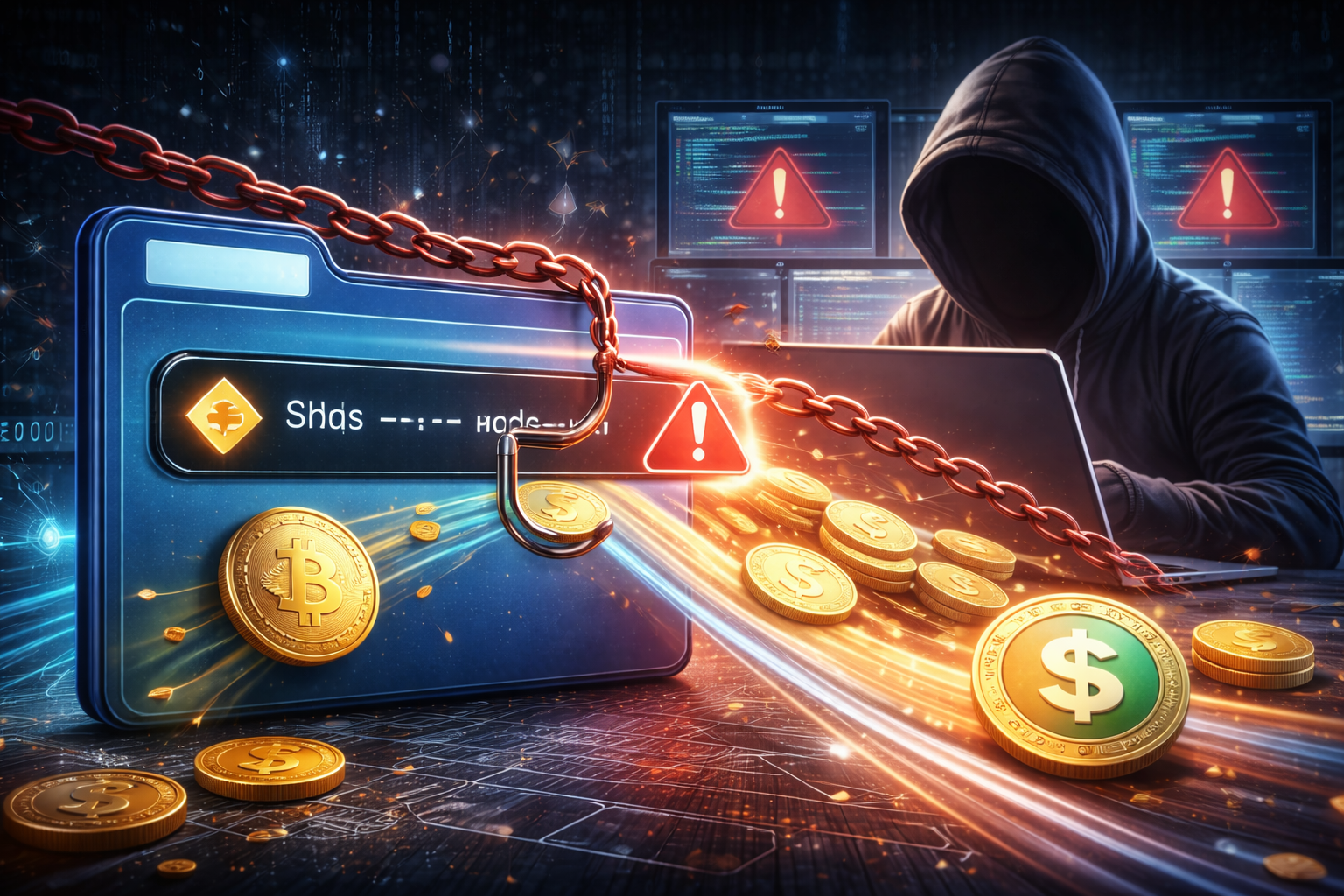
Binance co-founder Changpeng Zhao has urged the crypto industry to adopt unified defenses against address poisoning scams following a $50 million theft involving a single mistaken transaction. The incident, which occurred on December 20, highlights how even experienced traders remain vulnerable to increasingly sophisticated wallet manipulation tactics.
Address poisoning is a form of phishing that exploits how crypto wallets display shortened addresses. By mimicking the first and last characters of a legitimate address, attackers trick users into sending funds to fraudulent destinations that appear familiar at a glance.
How the $50 Million Scam Unfolded
According to on-chain data, the victim began with a standard precaution: a small test transfer. On December 20, the trader sent 50 USDT to what they believed was the correct address. Twenty-six minutes later, confident the destination was verified, they transferred 49,999,950 USDT.
Unbeknownst to the sender, the second transaction went to a scammer-controlled address. The fraudulent address matched the first five and last four characters of the intended destination, differing only in the middle portion—exactly the segment most wallets hide behind ellipses.
This visual similarity allowed the attacker to exploit common user behavior, where traders confirm only the beginning and end of an address rather than the full string.
After receiving the funds, the attacker quickly converted the stolen USDT into DAI, then swapped it for approximately 16,690 ETH. The ETH was later deposited into Tornado Cash, a privacy protocol frequently used to obscure transaction trails. The victim subsequently offered a $1 million on-chain bounty in an attempt to recover the funds.
CZ’s Proposal to Stop Address Poisoning
In response to the incident, Changpeng Zhao proposed three industry-wide countermeasures designed to reduce address poisoning risk across wallets and platforms.
First, Zhao called for automatic detection of suspected poison addresses within wallets. These systems would flag addresses that closely resemble previously used destinations and warn users before transactions are signed.
Second, he suggested real-time sharing of blacklisted scam addresses across the industry. A coordinated database could allow wallets and exchanges to instantly recognize known malicious addresses and alert users.
Third, Zhao recommended filtering spam transactions from wallet histories. Since attackers often seed wallet activity with fake transactions to create misleading address records, hiding or isolating these entries could significantly reduce the effectiveness of poisoning attempts.
Binance Wallet already implements warnings for suspected poison addresses, but Zhao emphasized that isolated solutions are not enough. Address poisoning, he argued, requires a collective response across the crypto ecosystem.
Why Address Poisoning Is a Growing Threat
The incident underscores a broader trend in crypto-related crime. Phishing attacks were the most costly category of crypto theft in 2024, according to blockchain security firm CertiK. Attackers stole more than $1 billion across 296 phishing incidents that year alone.
In 2025, address poisoning accounted for over 10% of wallet drain incidents, reflecting both its effectiveness and ease of execution. The technique does not rely on smart contract vulnerabilities or malware, making it harder to detect with traditional security tools.
One notable case in May 2024 involved a victim who lost $68 million worth of wrapped Bitcoin through address poisoning. In that instance, the attacker eventually returned the funds after pressure from investigators, but such outcomes remain rare.
The Bigger Picture for Crypto Security
Total cryptocurrency theft reached an estimated $3.4 billion in 2025, reinforcing the urgency of improving user-level protections. As self-custody adoption grows, so does the responsibility placed on individuals to verify transactions accurately.
Address poisoning highlights a fundamental usability issue in crypto wallets: human-readable shortcuts can create dangerous blind spots. Without better safeguards, even cautious users can make irreversible mistakes in seconds.
Changpeng Zhao’s call for industry-wide standards reflects a growing consensus that security must evolve alongside adoption. Preventing address poisoning will likely depend not only on better tools, but on collaboration across wallets, exchanges, and blockchain infrastructure providers.
As crypto continues to move toward mainstream usage, reducing preventable losses may prove just as important as advancing new technologies.
Crypto
Trust Wallet Hack Today: Who Is at Risk After $6 Million Breach
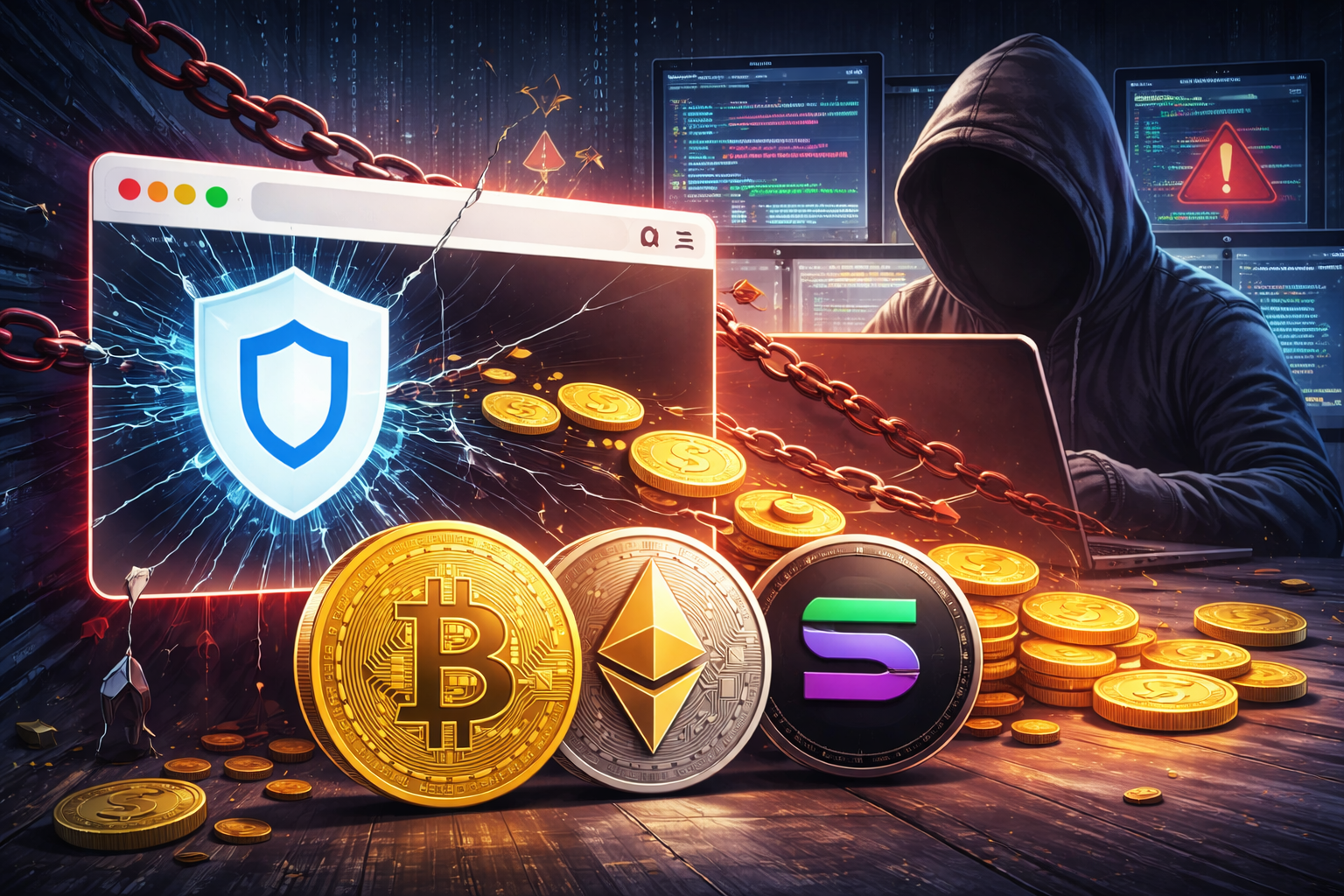
A security incident involving the Trust Wallet browser extension has resulted in the loss of nearly $6 million worth of cryptocurrency, triggering concern across the crypto community during the holiday period. The breach highlights ongoing risks tied to browser-based wallets and the importance of rapid updates when vulnerabilities emerge.
According to Trust Wallet, the issue is limited to version 2.68 of its browser extension. Users of the Trust Wallet mobile application and those running other extension versions are not affected.
What happened with the Trust Wallet hack?
The vulnerability was first identified on December 24, when abnormal wallet activity began appearing on-chain. By December 25, blockchain analysts observed funds being drained from multiple wallets operating on Bitcoin, Ethereum, and Solana networks.
Independent investigator ZachXBT reported receiving messages from hundreds of users whose balances dropped suddenly without any outgoing transactions initiated by them. Community researchers later identified suspicious code within version 2.68 of the extension. The code allegedly redirected sensitive wallet data to a fake external website, giving attackers unauthorized access to user funds.
On-chain analysis suggests the stolen funds were routed through numerous addresses, making the total scope difficult to track precisely. Current estimates place losses at a minimum of $6 million.
Trust Wallet confirms extension vulnerability
Trust Wallet has acknowledged the incident and confirmed that only the 2.68 browser extension was compromised. The company instructed users to immediately stop using that version and upgrade to version 2.69, which it says resolves the issue.
The wallet provider stated that its security and support teams are actively investigating the breach and reaching out to affected users. While Trust Wallet has not yet confirmed whether compensation will be offered, it says impacted users are being guided through recovery and reporting steps.
What users should do immediately
Anyone who used the Trust Wallet browser extension is advised to take action without delay:
First, do not open the Trust Wallet extension on desktop devices if it is still enabled. This reduces the risk of further exposure.
Second, disable the extension immediately via the browser’s extensions settings.
Third, update only to version 2.69 and ensure the update is downloaded exclusively from the official Chrome Web Store. Users should double-check the version number after installation.
Finally, contact Trust Wallet support if any funds are missing. Providing transaction history and wallet details may help ongoing investigations.
Why this incident matters for crypto users
The Trust Wallet hack underscores the unique risks associated with browser extensions. Unlike hardware wallets or isolated mobile environments, browser-based wallets operate in a space frequently targeted by malicious code injections, phishing scripts, and supply-chain attacks.
Even well-established wallet providers can be exposed if a compromised update slips through. This incident reinforces the need for users to monitor wallet updates closely, limit hot wallet balances, and consider additional security measures for long-term holdings.
As investigations continue, Trust Wallet has stated it will release further updates. For now, the breach serves as a reminder that security hygiene — including timely updates and cautious extension use — remains critical in the crypto ecosystem.
-

 Crypto4 years ago
Crypto4 years agoCardalonia Aiming To Become The Biggest Metaverse Project On Cardano
-
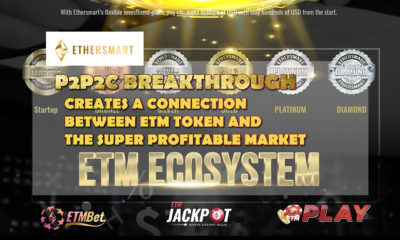
 Press Release5 years ago
Press Release5 years agoP2P2C BREAKTHROUGH CREATES A CONNECTION BETWEEN ETM TOKEN AND THE SUPER PROFITABLE MARKET
-
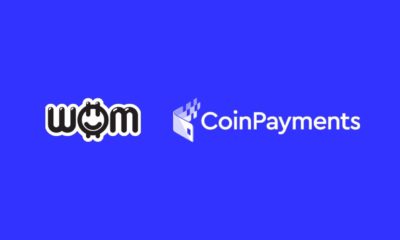
 Blockchain5 years ago
Blockchain5 years agoWOM Protocol partners with CoinPayments, the world’s largest cryptocurrency payments processor
-

 Press Release5 years ago
Press Release5 years agoETHERSMART DEVELOPER’S VISION MADE FINTECH COMPANY BECOME DUBAI’S TOP DIGITAL BANK
-
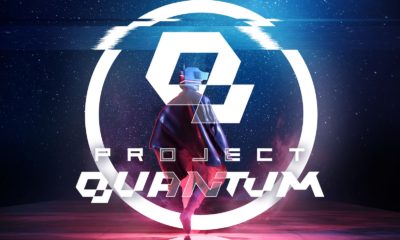
 Press Release5 years ago
Press Release5 years agoProject Quantum – Decentralised AAA Gaming
-
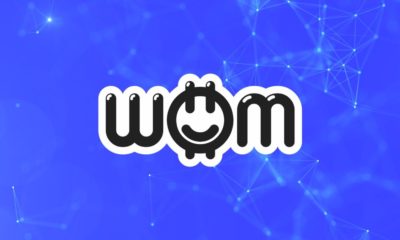
 Blockchain5 years ago
Blockchain5 years agoWOM Protocol Recommended by Premier Crypto Analyst as only full featured project for August
-
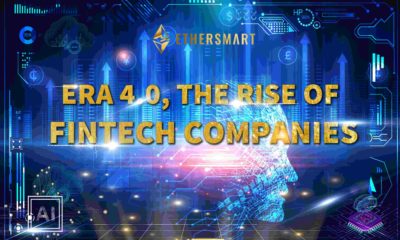
 Press Release5 years ago
Press Release5 years agoETHERSMART DEVELOPER’S VISION MADE FINTECH COMPANY BECOME DUBAI’S TOP DIGITAL BANK
-
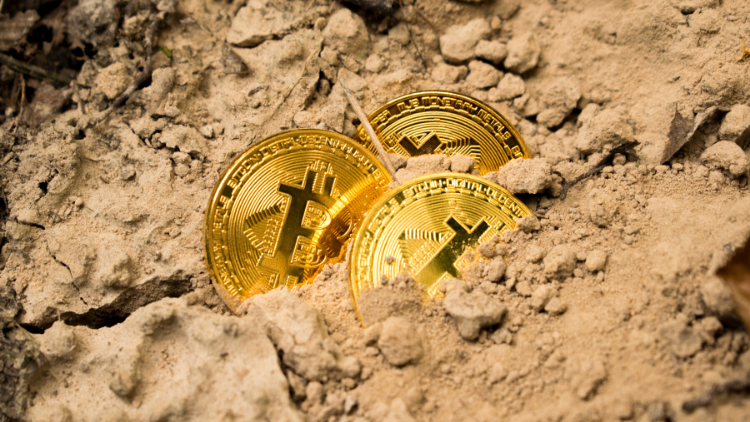
 Blockchain6 years ago
Blockchain6 years ago1.5 Times More Bitcoin is purchased by Grayscale Than Daily Mined Coins






